Home Electrical Safety Checklist
Electrical safety is crucial for every home, as even small electrical issues can lead to significant hazards, including electrocution, fires, and equipment damage.
Regularly checking and maintaining your home’s electrical components is essential to ensure a safe and reliable environment. A simple home electrical safety checklist helps identify potential risks early, from inspecting outlets and cords to ensuring appliances are used properly.
By following a few proactive steps, homeowners can greatly reduce the risk of electrical accidents, protect their property, and safeguard the well-being of everyone in the home. Here’s a concise checklist for home electrical safety to help prevent accidents and protect your home:
- Outlets and Plugs
- Avoid overloading outlets with multiple devices.
- Ensure outlet cover plates are intact and not cracked.
- Use tamper-resistant outlets if children are in the home.
- Power Cords
- Inspect for fraying, cracks, or exposed wires; replace damaged cords immediately.
- Use extension cords as temporary solutions only; avoid running them under rugs or through doorways.
- Appliances
- Check appliance cords and plugs for wear or damage.
- Keep appliances away from water sources.
- Unplug appliances when not in use and follow the manufacturer’s usage guidelines.
- Circuit Breakers and Fuses
- Ensure the electrical panel is accessible and properly labeled.
- Investigate frequently tripping breakers with a licensed electrician.
- Use correct fuses for your circuits to avoid overheating.
- Lighting
- Use bulbs with the recommended wattage for each fixture.
- Replace flickering or dimming lights, as this may indicate a problem.
- Avoid using lamps with damaged cords or broken switches.
- Water and Electricity
- Use GFCI outlets in wet areas (kitchens, bathrooms, laundry rooms).
- Never touch appliances with wet hands.
- Keep cords and outlets away from water sources.
- Outdoor Electrical Safety
- Use weatherproof outlets with GFCI protection for outdoor areas.
- Only use outdoor-rated extension cords and inspect outdoor lighting regularly.
- Store electric tools and equipment indoors when not in use.
- Professional Inspections
- Schedule regular electrical inspections, especially for older homes or after renovations.
- Contact a licensed electrician for issues like flickering lights or frequent breaker trips.
- Consider a wiring inspection for homes older than 25 years to ensure they meet modern safety standards.
This checklist can help you spot potential hazards early and take steps to ensure a safe home environment. Regular inspections and proper maintenance are essential to preventing electrical accidents.

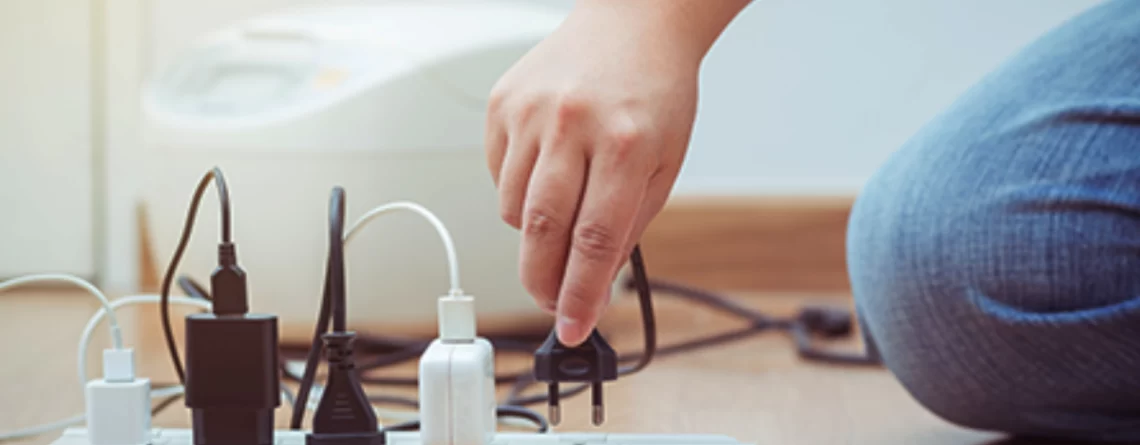

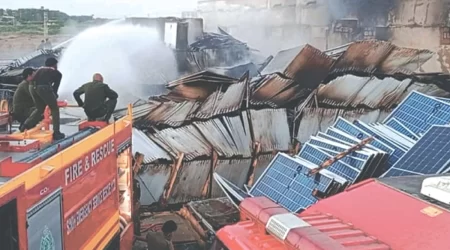

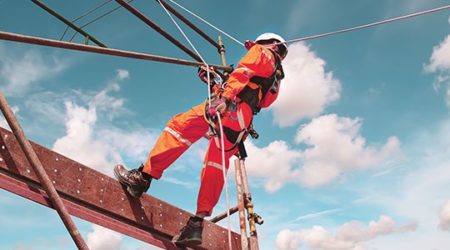
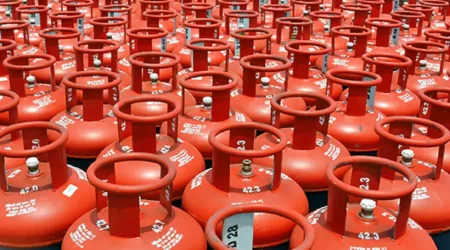
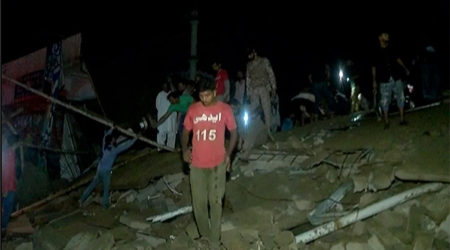
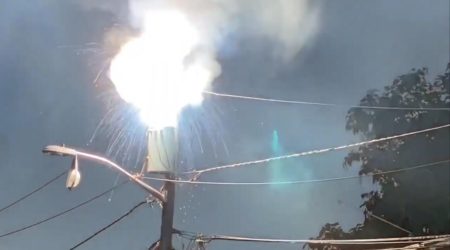
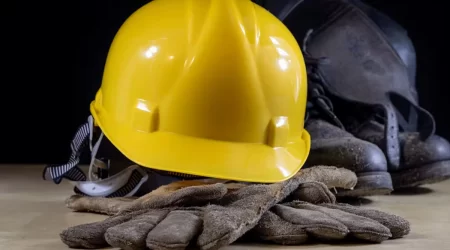
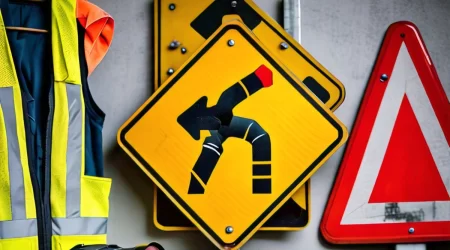
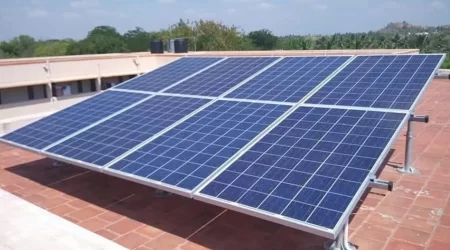
Leave a Reply